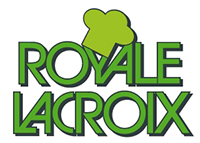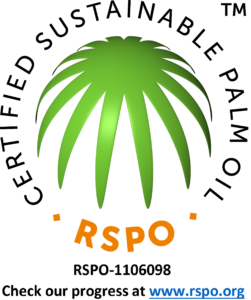Quality Policy
As a raw materials supplier, Royale Lacroix has set up a continuous improvement policy. Its quality management is able to assure you maximum safety. Thanks to careful selection of our raw materials, as well to keeping close watch over our suppliers and making constant improvements in our internal quality system, we are able to bring you a level of reliability well beyond today’s legal standards.
This constant search for improvement has led to our being awarded the certificates FSSC 22000, BIO and RSPO.
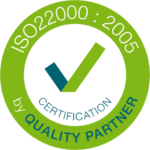
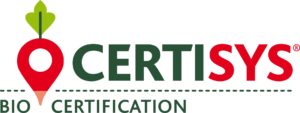
Quality objectives
- Maintaining and continuously improving our certifications FSSC 22000, Organic and RSPO.
- Targeting and adapting the customer requirements in order to provide quality products at great prices.
- Preserving a food environment and supplying products in accordance with laws.
- Informing, training and raising awareness of the staff in order to remain a team engaged and motivated to achieve the different objectives.
- Selecting reliable and regular suppliers

Quality indicators
- Identifying and leading the improvement of the food safety management system.
- Measuring customer satisfaction through yearly surveys.
- Realising and evaluating internal controls.
- Ensuring and evaluating yearly training of staff about Good Manufacturing Practices (GMP) and Good Hygiene Practices (GHP), HACCP, SECURITY, RSPO, FOOD DEFENSE and FOOD FRAUD. .
- Evaluating suppliers according to yearly non-compliances.
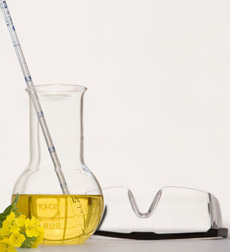
Margarine ?
Margarine was invented in 1869 in France in a contest organized by Napoleon III to search for a product to replace butter, which at that time was expensive, rare and spoilt quickly. The French pharmacist Mège-Mouriès (1817-1880) made a white emulsion from fractionated beef fat, milk, and water that he called margarine (from the Greek margaron = pearl or pearl white).
Margarine is an emulsion composed of fat (80% minimum) and an aqueous phase containing water or milk (20%).The kind of oil or fat entering into the composition of a margarine is very variable and determines the nutritional characteristics of the final product.
Royale Lacroix has a full automated manufacturing process that makes it possible to get texture and plasticity answering to the most pointed specifications.
According to its use or type and thanks to our different packaging systems, we propose more than five different product sizes (from 500 g to 20 kg).
Our Logistics Department guarantees our customers timely transport under controlled temperatures, for optimal food safety.
Process
The manufacturing process consists in fixing (hardening) an emulsion of lipids (fat) and water and/or milk through a crystallization process.
- Reception and oils storage
The refined vegetable oils delivered by tanker are kept in stainless-steel triple walled tanks. - The major oils used are palm, rapeseed, copra and sunflower oil. They come mainly from Europe, Indonesia, and Malaysia.
- Preparation of the aqueous phase
The aqueous phase is made of water, salt, sugar, and various ingredients intended for conservation and acidity regulation. - Preparation of the emuslive phase
The emulsive phase is made of lecithin and food-grade monodiglyceride fatty acids. It serves as an interface between the aqueous and lipid phases. - Weighing
Weighing consists in weighing out, according to established formulas, the proportions of the various fats, emulsive, and aqueous phases in the mixture. Vitamins, colourings, and aromas are added at this stage. - Churning
Churning consists in emulsifying these various elements. - Crystallization
Crystallization consists in fixing the aqueous phase in the lipid phase.
A high pressure pump sends the emulsion, which is a liquid at 50°C, through tubes cooled at -25°C, which it leaves in solid form at a T° of -15°C. - Packaging
The crystallization line supplies the packaging/packing systems with formats of from 200 g to 20 kg. - Storage of the end products
The storage halls have a capacity of more than 1000 T under controlled temperature.
